Understanding Key Factors Influencing Gold Demand Trends
As we approach 2025, understanding the factors driving gold demand trends is crucial for investors and market analysts alike. Gold has always been seen as a safe haven during economic uncertainties, but various elements are shaping its demand in the coming years. This article delves into these factors, offering insights that can help you navigate the gold market effectively.
What are the main drivers of gold demand in 2025?
Several key drivers are influencing gold demand as we move closer to 2025. These include economic conditions, inflation rates, and geopolitical tensions. Economic stability significantly impacts investor confidence. For instance, during periods of economic growth, demand for gold typically declines as investors opt for riskier assets. Conversely, in times of uncertainty, such as a recession, gold demand tends to surge.
Inflation is another critical factor. As inflation rises, the purchasing power of currency diminishes, prompting investors to seek gold as a hedge against inflation. According to Gold.org, gold has historically maintained its value during inflationary periods, making it an attractive investment option.
Geopolitical tensions, such as conflicts or trade wars, can also drive gold demand. Investors often flock to gold as a safe-haven asset during global crises, providing a buffer against market volatility.
How does central bank policy affect gold demand?
Central banks play a pivotal role in influencing gold demand. Their policies on interest rates and currency management can significantly impact the attractiveness of gold as an investment. For instance, low-interest rates often lead to increased gold purchases, as the opportunity cost of holding gold decreases. Furthermore, when central banks are net buyers of gold, it signals confidence in the asset, further driving demand.
Are there emerging markets influencing gold demand trends?
Emerging markets, particularly in Asia, are becoming increasingly significant players in the gold market. Countries like India and China have a longstanding cultural affinity for gold, often leading to heightened demand during festivals and wedding seasons. As these economies continue to grow, their demand for gold is expected to rise, impacting global gold prices.
In conclusion, understanding the key factors driving gold demand trends into 2025 is essential for anyone looking to invest in this precious metal. Recognizing the relationship between economic stability, inflation, geopolitical tensions, and central bank policies can provide valuable insights for your investment strategy.
For more in-depth information on investment strategies, check out our article on Top Gold Investment Strategies for 2025 Success. We would love to hear your thoughts on gold demand trends! Share your comments below or explore our related content!
Global Economic Conditions and Their Impact on Gold Demand
The global economic landscape plays a significant role in shaping gold demand trends. Economic indicators such as GDP growth, unemployment rates, and consumer confidence directly influence how investors perceive gold. For example, during a robust economic period, individuals and institutions may favor equities and real estate over gold, leading to decreased demand. Conversely, during economic downturns or recessions, gold often becomes a preferred store of value, as it is viewed as a safe haven asset.
What role does investor sentiment play in gold demand?
Investor sentiment is crucial in understanding gold demand. Psychological factors can drive market behavior, significantly affecting the price and demand for gold. A report by the World Gold Council indicates that when global uncertainty rises, such as during geopolitical tensions, investors tend to flock to gold, reinforcing its status as a safe haven. This behavior is often seen during elections, trade disputes, or military conflicts, where uncertainty drives demand.
Technological Advances and Their Influence on Gold Demand
Technological advancements have also transformed the gold market. Innovations in mining technology have increased the efficiency of gold extraction, potentially affecting supply and, consequently, demand. Moreover, the rise of digital gold, such as gold-backed cryptocurrencies, introduces new investment avenues that could alter traditional gold demand. Investors today can now explore options like gold ETFs (Exchange-Traded Funds), which have surged in popularity due to their convenience and liquidity.
How do gold ETFs affect traditional gold investments?
Gold ETFs offer a practical alternative to direct gold ownership, allowing investors to gain exposure to gold prices without the complications of physical ownership. According to a study published on Wikipedia, the growth of ETFs has made gold more accessible to a broader audience, impacting traditional gold demand. This shift highlights the evolving landscape of gold investments, where both physical and digital avenues coexist.
Inflation and Currency Dynamics in Gold Demand Trends
Inflation remains a persistent threat to purchasing power, often driving investors toward gold as a hedge. In times of high inflation, when currencies lose value, gold’s intrinsic value tends to remain stable, making it an attractive investment. The relationship between gold and inflation has been well documented, with historical data showing that gold prices tend to rise during inflationary periods. This trend underscores gold’s role as a safeguard against currency devaluation.
For those interested in understanding how inflation impacts gold prices, our article on Analyzing the Impact of Inflation on Gold Prices provides in-depth insights and analysis.
As we move closer to 2025, the interplay between economic conditions, technological advancements, and inflationary pressures will continue to shape the gold market. Investors should remain vigilant and informed about these factors to make strategic decisions regarding their gold investments. What are your thoughts on the current trends in gold demand? Feel free to share your insights in the comments below or explore more related articles!
Gold Demand Trends and Technological Innovations
As we continue to explore the intricate dynamics affecting gold demand trends, it’s essential to highlight the role of technological innovations in shaping the future of the gold market. In recent years, advancements in technology have not only improved the efficiency of gold mining but also revolutionized how investors engage with gold as an asset class.
How is technology transforming the gold market?
Technology is transforming the gold market through enhanced mining techniques and the emergence of digital gold investment options. For instance, advanced extraction methods and automation have reduced operational costs and increased the yield of gold mining operations. This efficiency can impact gold supply, influencing market prices and demand dynamics. Furthermore, the rise of blockchain technology is paving the way for gold-backed cryptocurrencies, providing investors with a new and innovative way to invest in gold without the need for physical ownership.
According to a report by the World Gold Council, the introduction of gold ETFs (Exchange-Traded Funds) has also democratized access to gold investments. ETFs allow investors to purchase shares that represent a specific quantity of gold, merging the benefits of gold ownership with the liquidity of stock trading. This innovation has significantly altered traditional investment strategies and broadened the investor base.
Global Events Impacting Gold Demand Trends
Global events can dramatically influence investor behavior regarding gold. Political instability, economic crises, and natural disasters often lead to increased demand for gold as a safe-haven asset. During times of uncertainty, investors flock to gold, reinforcing its reputation as a reliable store of value. For example, the ongoing geopolitical tensions in various regions have heightened global uncertainty, prompting many to invest in gold to safeguard their wealth.
Moreover, the COVID-19 pandemic underscored gold’s status as a hedge during crises. As governments enacted monetary policies to stabilize economies globally, gold prices surged, reflecting the metal’s enduring appeal in turbulent times.
What are the long-term implications of these trends for investors?
Understanding the long-term implications of technological advancements and global events on gold demand trends is crucial for investors. The integration of technology into gold investment strategies can lead to more informed decision-making and improved portfolio management. Investors should consider how technological advancements will continue to shape the market landscape, offering new opportunities for growth and diversification.
Furthermore, keeping track of global economic indicators and geopolitical developments will be essential for navigating the future of gold investments. By staying informed, investors can make strategic decisions that align with the evolving market dynamics.
For those seeking to deepen their understanding of gold investment strategies, our article on Top Gold Investment Strategies for 2025 Success offers in-depth insights and actionable tips.
In conclusion, as we approach 2025, the interplay between technological innovations and global events will continue to shape gold demand trends. Investors must remain vigilant and adaptable to capitalize on the opportunities presented by these changes. What are your thoughts on the impact of technology on gold investments? We invite you to share your insights in the comments below or explore our related articles for more information!
Understanding the Role of Geopolitical Stability in Gold Demand
As we delve deeper into the factors influencing gold demand, geopolitical stability emerges as a critical element. Political events, including elections, trade negotiations, and international conflicts, can drastically affect market sentiments and, consequently, gold prices. When political stability is threatened, investors tend to gravitate towards gold as a safe haven, reinforcing its value.
How do global tensions impact gold prices?
Global tensions, such as military conflicts or trade wars, can lead to increased demand for gold. Investors often seek refuge in gold during such times, leading to price surges. For example, during the U.S.-China trade war, gold prices rose significantly as uncertainty loomed over global markets. A report from the World Gold Council highlights that gold remains a preferred asset during geopolitical crises, affirming its role as a hedge against uncertainty.
Gold Demand Trends in Emerging Markets
Emerging markets, particularly in Asia, play a crucial role in shaping gold demand trends. Countries like India and China have deep cultural ties to gold, often leading to spikes in demand during festive seasons and weddings. As these economies continue to grow, their demand for gold is set to increase, thereby impacting global gold prices.
What factors contribute to gold’s popularity in Asia?
In Asia, gold is more than just a financial asset; it’s a symbol of wealth and prosperity. Festivals like Diwali in India see a surge in gold purchases as families invest in jewelry and gold coins. According to a report by the India Bullion and Jewellers Association, gold demand in India is expected to rise significantly in the coming years, driven by both cultural factors and economic growth.
Exploring Investment Strategies Amid Changing Gold Dynamics
For investors, understanding gold demand trends is essential for developing effective investment strategies. The landscape is continuously evolving, influenced by economic conditions, technological advancements, and consumer behavior. To navigate this complexity, investors should consider diversifying their portfolios with various gold investment options, such as physical gold, ETFs, and gold mining stocks.
As technological innovations reshape the market, investors must remain informed about emerging trends. For instance, gold-backed cryptocurrencies are gaining popularity, providing unique opportunities for digital investment in gold. This evolution highlights the importance of adapting to market changes and leveraging new investment avenues.
For those interested in exploring gold investment further, our article on Discover the Best Gold Investment Options for Every Investor provides valuable insights and options tailored to various investment goals.
What are the best practices for investing in gold in 2025?
Investors should focus on strategies that align with their risk tolerance and investment horizon. Regularly monitoring market trends, staying updated on global economic indicators, and leveraging technology for informed decision-making are vital components of a successful gold investment strategy. Engaging with financial advisors or utilizing resources like the World Gold Council can further enhance your understanding and investment approach.
As we approach 2025, the interplay between global events, technological advancements, and cultural factors will continue to shape gold demand trends. Investors must stay vigilant and adaptable to capitalize on these changes and ensure their investment strategies remain relevant. What strategies are you considering for your gold investments? Share your thoughts in the comments below and explore our related articles for more insights!
Frequently Asked Questions (FAQ)
What affects the price of gold?
The price of gold is influenced by various factors, including economic stability, inflation rates, central bank policies, and geopolitical tensions. Demand from emerging markets also plays a significant role in price fluctuations.
How can I invest in gold?
Investing in gold can be done through various avenues, including physical gold (coins and bars), gold ETFs, gold mutual funds, and gold mining stocks. Each option has its advantages and suits different investment strategies.
Is gold a good investment during inflation?
Yes, gold is often considered a hedge against inflation. When currency values decline, gold typically retains its value, making it an attractive option for investors seeking to preserve purchasing power.
What are gold-backed cryptocurrencies?
Gold-backed cryptocurrencies are digital currencies that are pegged to the value of gold. They provide an innovative way for investors to gain exposure to gold without the challenges of physical ownership, merging the benefits of digital assets with the stability of gold.
How do global events impact gold investments?
Global events such as political instability, economic crises, and natural disasters can lead to increased demand for gold, reinforcing its status as a safe-haven asset. During times of uncertainty, investors often flock to gold as a means of protecting their wealth.
Why is gold popular in emerging markets?
Gold holds cultural significance in many emerging markets, particularly in Asia. In countries like India and China, gold is perceived as a symbol of wealth and prosperity, leading to spikes in demand during festive seasons and weddings.
What are the risks associated with investing in gold?
While gold can be a stable investment, it is not without risks. Price volatility, changes in demand, and economic conditions can impact gold’s value. Investors should also consider storage and insurance costs when investing in physical gold.
How can I diversify my gold investments?
Diversifying your gold investments can involve combining different forms of gold assets, such as physical gold, ETFs, and mining stocks. This approach helps mitigate risks while capitalizing on various market opportunities.
What are the best practices for investing in gold?
Best practices for investing in gold include staying informed about market trends, understanding your risk tolerance, regularly reviewing your investment strategy, and considering expert advice to align your investments with your financial goals.
Authoritative Sources
1. World Gold Council – A trusted organization that provides insights and research on gold demand trends and market analysis.
2. Gold.org – Offers comprehensive data and reports on gold investments, market performance, and economic impacts.
3. Investopedia – A reputable financial education website that provides articles and guides on investing, including gold and precious metals.
4. Forbes – A leading business news organization that covers economic trends, including insights on gold prices and investment strategies.
Conclusion
As we navigate the complexities of gold demand trends, it’s essential to recognize the interplay of various factors, including economic conditions, geopolitical stability, and technological innovations. Understanding these elements can empower investors to make informed decisions and capitalize on opportunities in the gold market. Gold remains a valuable asset, especially as a hedge against inflation and economic uncertainty. Stay proactive in your investment strategy, and consider diversifying your portfolio to include various gold investment options. We encourage you to share your thoughts on gold demand trends and your investment strategies in the comments below. For further insights, don’t forget to check out our articles on the best gold investment options and top gold investment strategies for 2025 success.
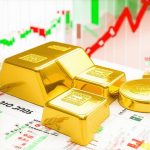
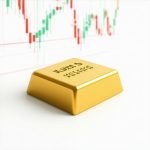




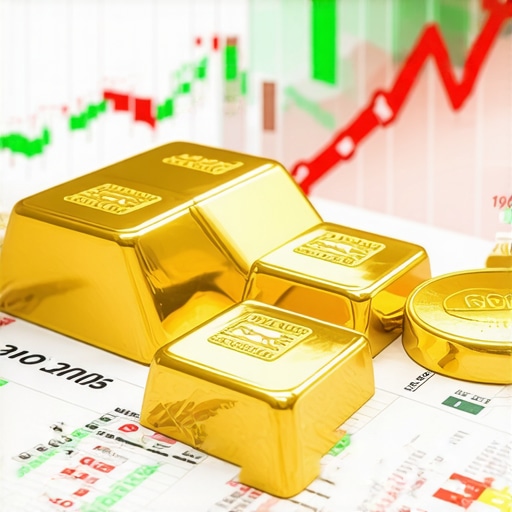
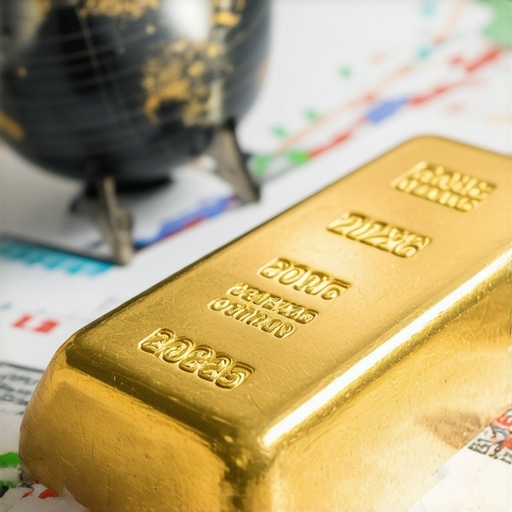
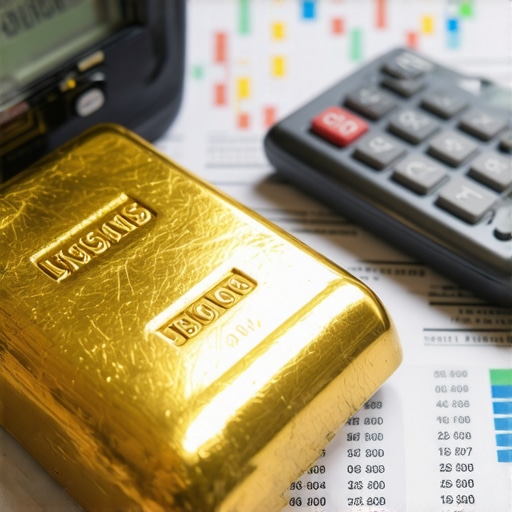
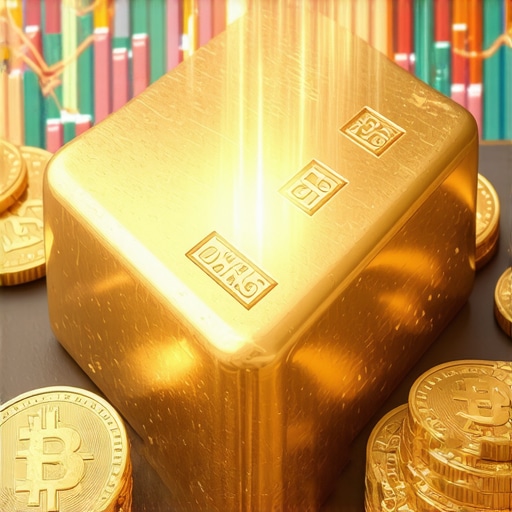
This analysis of gold demand trends is quite comprehensive, especially considering the impact of geopolitical tensions and inflation. As someone who has kept a close eye on the market for several years now, I’ve noticed how events like trade wars and elections have historically prompted spikes in gold investments. For instance, during the U.S.-China trade dispute, I remember seeing my friends and colleagues turning to gold not just as an investment, but more as a safeguard for their assets amidst uncertainty.
Moreover, I find it fascinating how emerging markets like India and China continue to draw demand due to cultural significance tied to gold. Events like Diwali cause a rush for gold purchases, which undoubtedly influences global prices. With technological advancements, particularly ETFs, allowing easier access to gold investment, I wonder if it will alter the traditional ways people think about gold as a store of value.
As we march towards 2025, being aware of these cultural and technological shifts will be crucial for investors. It might be prudent to maintain a diversified portfolio, ensuring that we not only have physical investments but also explore these new options in gold-backed cryptocurrencies and ETFs.
This comprehensive analysis really highlights how intertwined geopolitical stability and economic policies are with gold demand. In my experience working in financial advising, I’ve seen clients shift their focus to gold during uncertain times, especially when central banks are easing monetary policies or when inflation seems poised to rise. The influence of emerging markets remains particularly intriguing, given how cultural traditions continue to sustain high demand, even as digital investment options become more prevalent.
I’m curious about how the rise of digital gold and cryptocurrencies, like gold-backed tokens, might impact these traditional demand drivers. Do you think these innovations will weaken or strengthen the role of physical gold, especially in cultures that deeply value gold for reasons beyond investment, like in India?
Also, with ongoing global tensions, have you observed any new regional trends forming in gold demand? It seems that understanding these regional nuances could be key for investors looking to diversify their holdings effectively as we step into 2025.